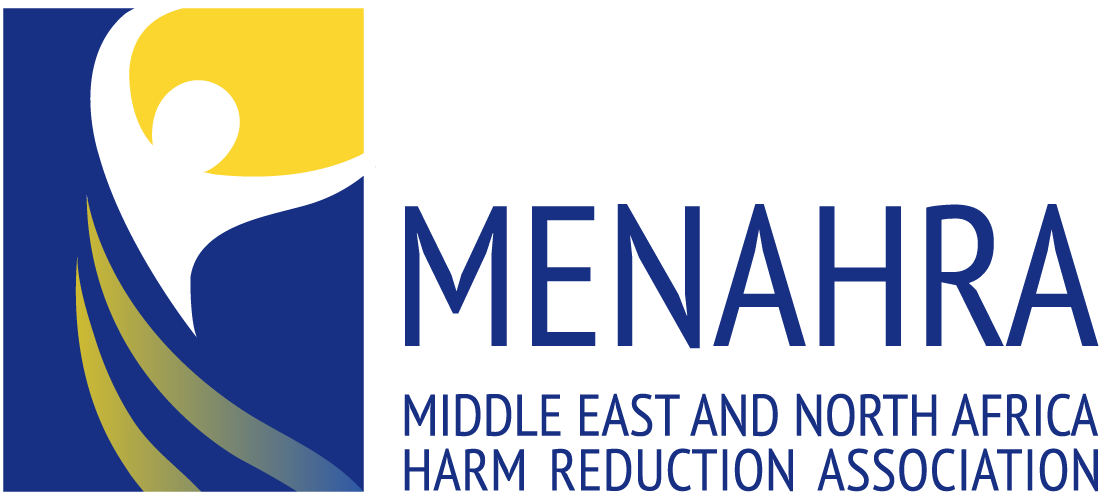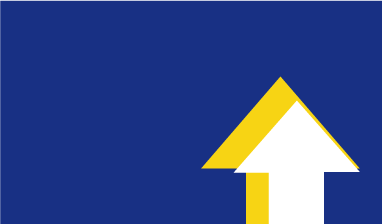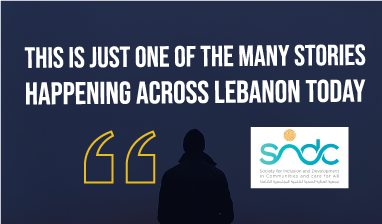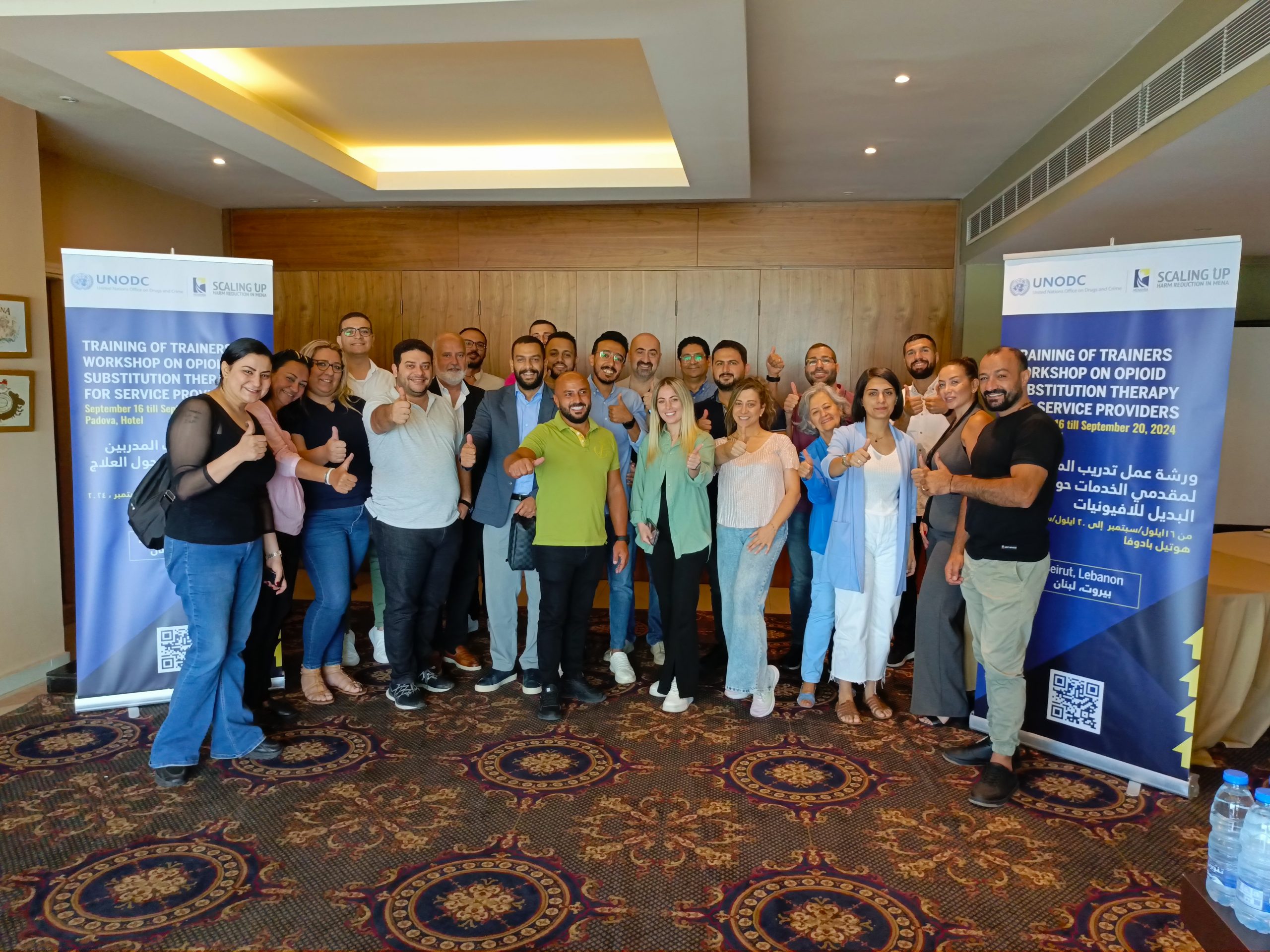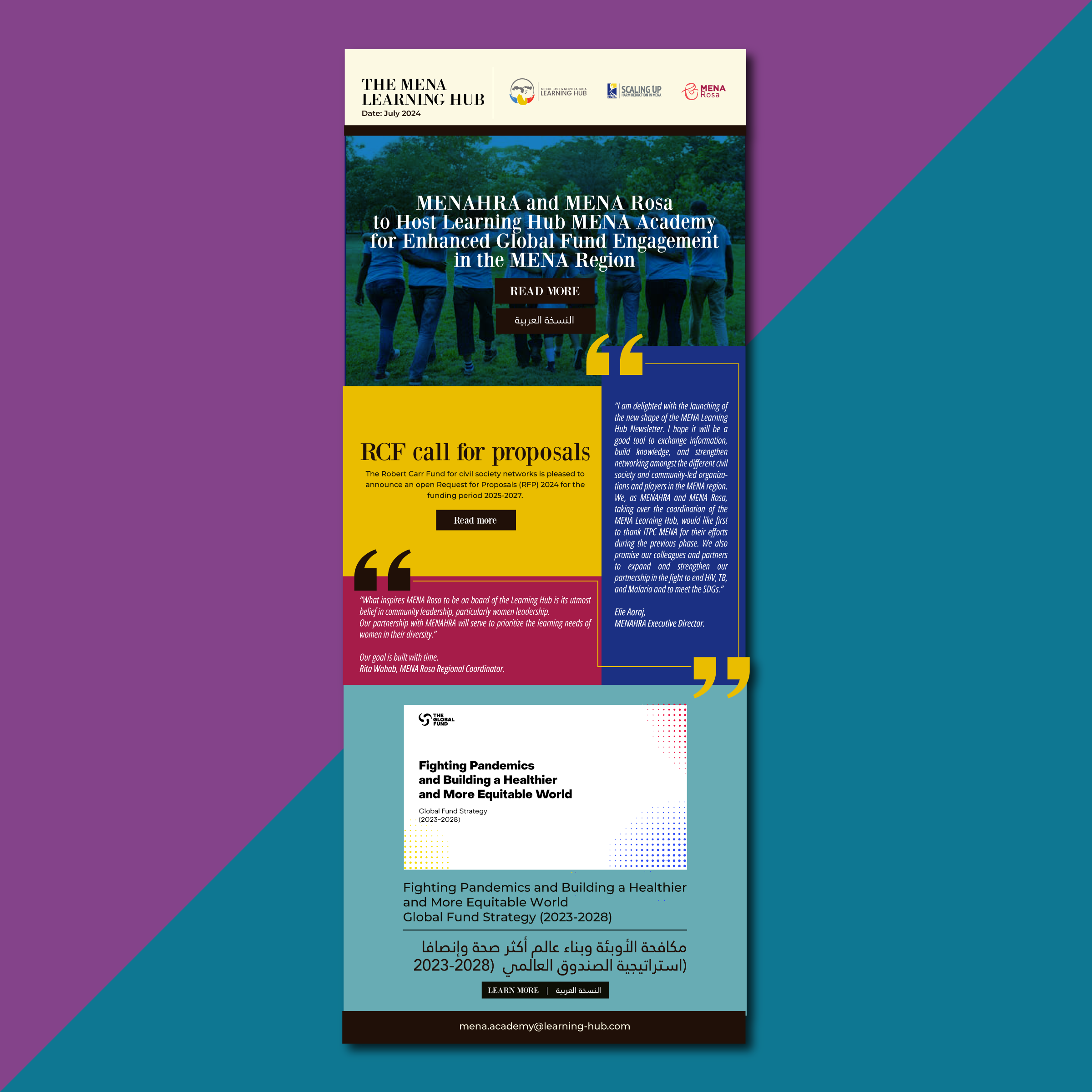During the 24th International Harm Reduction Conference, organized by Harm Reduction International (HRI), in Kuala Lumpur, Malaysia, the Middle East and North Africa Harm Reduction Association (MENAHRA) Communication Officer, Mr. Hasan Fakih interviewed the Executive Director of Harm Reduction International (HRI), Mr. Rick Lines, where he presented a summary of the conference, preparations for the United Nations General Assembly Special Session (UNGASS) on Drugs 2016, and the worldwide harm reduction situation.
“We wanted to showcase Malaysia as a model of good practice, but there still are barriers that need to be addressed.”
“The world is struggling with the mass of funding gap in harm reduction particularly in middle-income countries.”
The 24th International Harm Reduction Conference was held in Malaysia this year for a number of reasons, “obviously it’s our goal to try to take the conference to different regions around the world, and part of that is to try to promote harm reduction in different regions of the world and also to try to provide a platform for people doing harm reduction in different regions to showcase the kinds of programs they are running and how they overcome the kind of global challenges of the deal with”, Mr. Rick Lines stated.
He added that it was time to come back to the context of the epidemic of HIV and injecting drug use in the region it’s a very important region to highlight. In terms of Malaysia, “we were very impressed with Malaysia’s response to HIV and injecting drug use.” 2015 is the 10th anniversary of Malaysia’s implementation of harm reduction programs. We wanted to showcase Malaysia as a model of good practice and what could be accomplished in this region on particular the strong partnership between government and civil society because the Malaysian government has been very supportive of harm reduction at the highest levels and has collaborated with civil society in rolling out harm reduction.
Malaysia still has very punitive drug laws, so it’s a continuing opportunity for us to highlight issues such as the death penalty for drug related offenses, such as, compulsory drug detention, police using violence against people who use drugs, and stigma and discrimination. Despite all the positive work that is being done, still are barriers that need to be addressed.
We chose the theme of leadership for this conference, because we thought it really highlighted a lot of the main issues we are struggling with at the moment in harm reduction. Obviously, one of the main issues that the harm reduction response across the world is struggling with is the mass of funding gap in harm reduction particularly in middle-income countries and the effect that it is having on the ability to sustain our startup harm reduction programs or even the defunding of programs in some countries.
We think that everyone has a leadership role to play in the harm reduction response, from the grassroots up to the international level. It’s about the responsibility that people take on in this leadership that they show in their own communities and in their own sectors and we had that various ways in the conference to highlight that kind of community leadership. We had a plenary session today bringing leaders, community leaders from various sectors from the sex workers community, people living with HIV, from harm reduction services, people who use drugs, we also had a video series attached to this where we invited people from around the world to send a short little video clips talking about where they see harm reduction leadership and why they see themselves as reflecting harm reduction leadership. So it was a good way to kind of celebrate our selves and reward our colleagues who we respect and admire.
“We need to make sure that harm reduction and harm reduction issues don’t get lost in the run up to UNGASS2016”.
On UNGASS 2016, Mr. Rick said that we very much wanted to try to use this conference as an opportunity to bring everyone together and continue to try to build momentum. We had two or three sessions specifically on drug policy reform but also a number of people who are involved in drug policy reform were here as delegates. It was also an opportunity for us to make sure that harm reduction and harm reduction issues don’t get lost in the run up to UNGASS2016.
He added: we wanted to make sure that harm reduction is one of the key issues in the agenda alongside of those other ones, so this provides an opportunity for us to do that. The conference declaration which has been signed by many partners in the harm reduction sector will be a joint statement to be used as an advocacy position for UNGASS2016.
“The MENA region suffers from very punitive drug laws or even the criminalization of civil society, criminalization of harm reduction services”
“The network of organizations working through MENAHRA is incredibly important parts of the harm reduction response given the incredibly high rates of HIV in many countries in MENA”
On the relationship between HRI and MENAHRA, he said that we have always had a very strong relationship, we’ve been partners back since the very beginning of MENAHRA’s foundation and that’s very much continued to this day. We had the conference in Beirut in 2011 and we worked with MENAHRA on joint projects, on joint advocacy, on tracking funding for harm reduction in the MENA region, and on international advocacy.
He added: I’m really excited to see MENAHRA continuing to grow and succeed because again that’s one of the regions a bit like Malaysia that suffers from very punitive drug laws or even the criminalization of civil society, criminalization of harm reduction services, so there’s lots of huge barrier to overcome in that region, so the MENAHRA project and that the network of organizations working through MENAHRA is incredibly important parts of the harm reduction response given the incredibly high rates of HIV in many countries in MENA so we’re really glad to see very strong contingent from MENAHRA here again and they are one of the organizations that we work most closely with.
